Surviving the Apocalypse: Introduction to the post-apocalyptic genre and its representation within fantasy maps.
The post-apocalyptic genre has captured the imaginations of audiences for decades. From films like Mad Max to video games like Fallout and Wasteland, these fictional worlds have become incredibly popular. Let’s take a closer look at the origins of these post-apocalyptic worlds and explore why they continue to capture our fascination.
You can take a look at the my post apocalyptic pack here (click on the image):
The post-apocalyptic genre has its roots in the anxieties and fears surrounding the potential for global catastrophe, whether through nuclear war, environmental disaster, or other forms of technological or societal collapse. These fears have been explored in science fiction and fantasy for over a century, with authors such as H.G. Wells and Jules Verne imagining worlds devastated by war, disease, and other cataclysmic events.
In the mid-20th century, the development of nuclear weapons brought the potential for global annihilation to the forefront of public consciousness. This fear was reflected in works of fiction such as the classic novel On the Beach and the film adaptation of Nevil Shute’s story, which imagined the aftermath of a global nuclear war. Similarly, the iconic film Mad Max and its sequels portrayed a world where the breakdown of society led to a lawless, violent wasteland.
In recent years, the popularity of post-apocalyptic stories has only increased, with shows like The Walking Dead and video games like The Last of Us captivating audiences around the world. The appeal of these worlds lies in their ability to explore human nature in extreme circumstances, where survival and morality are constantly at odds. They also allow us to imagine what life might be like in a world very different from our own, where the rules we take for granted no longer apply.
Post-apo on fantasy map ?
In the fantastical world of map-making, there’s a curious crossover with the post-apocalyptic genre, where maps don’t just lead you on a journey, they guide you through radioactive wastelands and past fortified bunkers. This article ventures into the intriguing relationship between fantasy maps and the post-apocalyptic genre, pondering how to represent this chaotic world on a world map without getting lost in the rubble.
From scorched earth to crumbling cityscapes, the post-apocalyptic genre offers cartographers a playground of destruction to showcase. But it’s not all doom and gloom; there’s a certain art to depicting a world in ruins without making it look like a bad day in the office for Mother Nature.
So, how do you capture the essence of a world gone awry while still keeping your map reader’s compass pointing in the right direction? Well, it’s all about finding that delicate balance between chaos and clarity. Think muted color palettes, jagged terrain features, and symbols that scream, “Warning: Mutant territory ahead!”
But it’s not just about showing off the ruins; it’s about telling a story. Picture ruined cities overrun by nature, crumbling highways leading to nowhere, and hidden bunkers stocked with canned goods and questionable survival guides. It’s like a scavenger hunt where the prize is survival, and the clues are hidden in the rubble.
And let’s not forget the quirky landmarks that add a touch of dark humor to the map—irradiated zones, toxic lakes that make you question your thirst, and mutant-infested territories where you might need a bigger sword (or a better hiding spot).
In a world where survival of the fittest takes on a whole new meaning, fantasy maps become more than just navigational tools; they’re windows into a dystopian future where every wrong turn could lead to adventure or certain doom. So grab your map, pack your survival gear, and remember: it’s not the destination that matters, it’s the radioactive wasteland you encounter along the way.
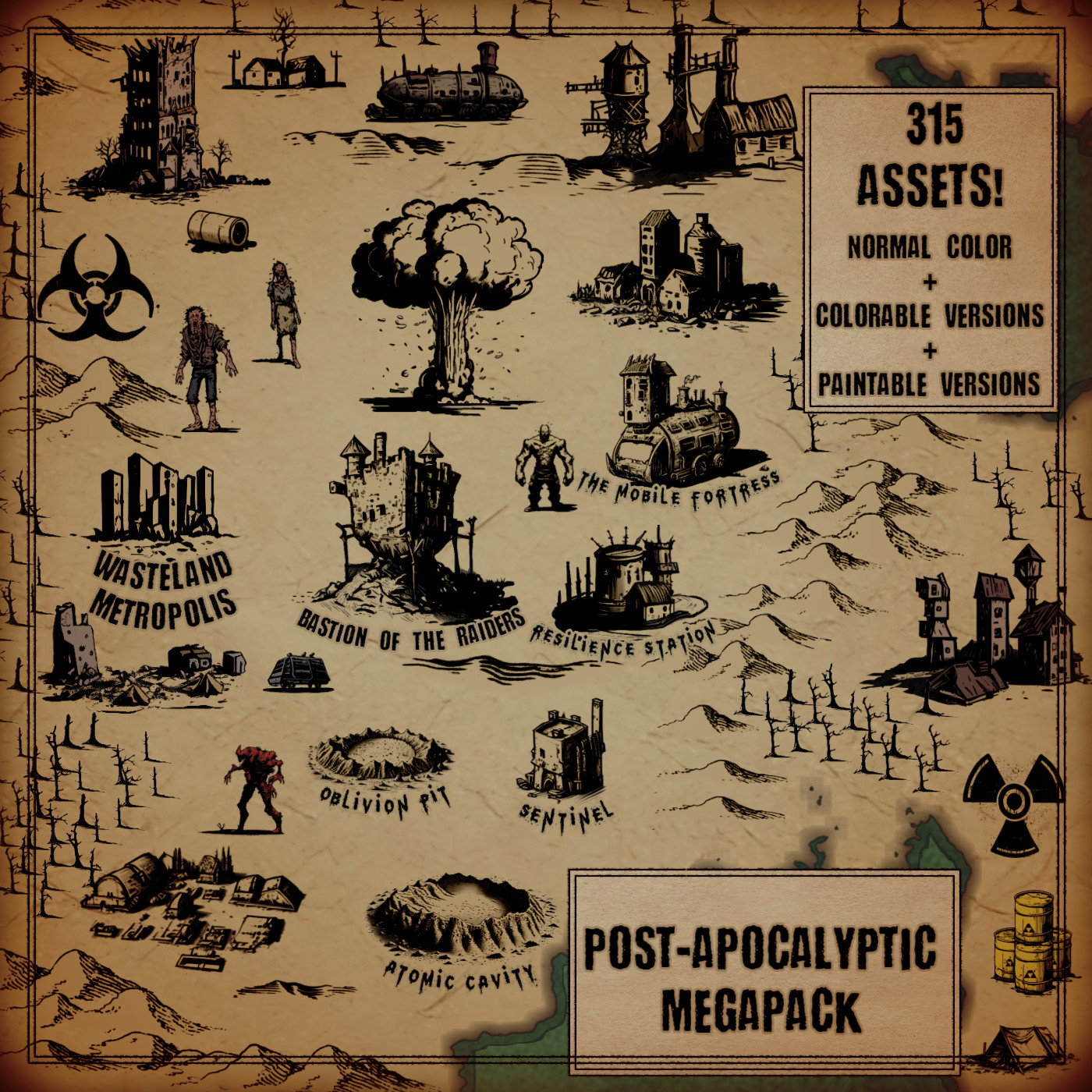
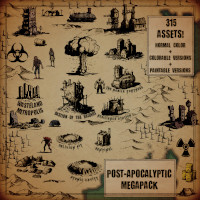
 Dunes and Drifts Brushes for Wonderdraft: Commercial License
Dunes and Drifts Brushes for Wonderdraft: Commercial License 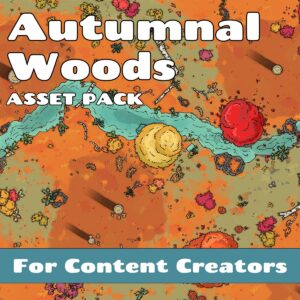 Autumnal Woods (Commercial Use)
Autumnal Woods (Commercial Use) 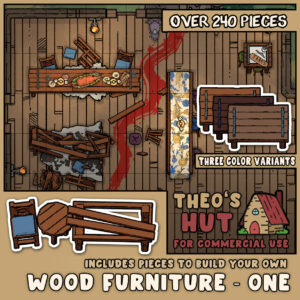 Theo's Hut - Wood Furniture Pack One - Commercial Use Edition
Theo's Hut - Wood Furniture Pack One - Commercial Use Edition 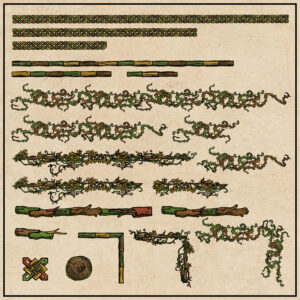 Borders Pack II (Old-school)
Borders Pack II (Old-school)